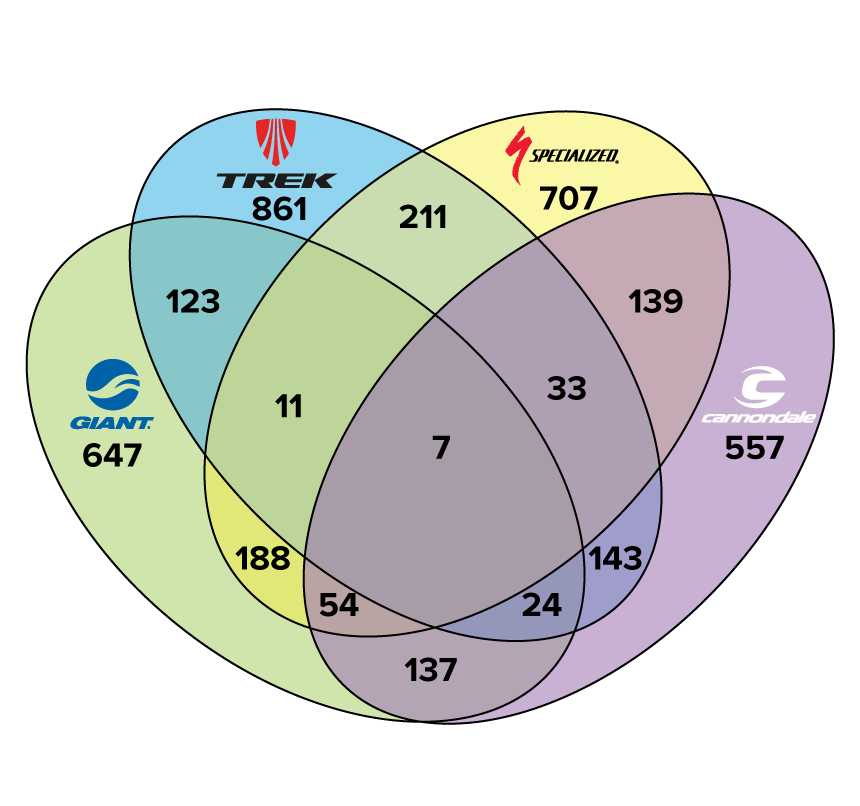I prefer Yamahas battery mount over most others for several reasons:
Semi integrated battery casings like the popular Reention Dorado, have issues with the alignment of the electric connection, the most important part beyond the cells themselves. Yamahas connection design is superior, and never has issues connecting.
Fully frame integrated batteries while perhaps more aesthetically pleasing, add a lot of unnecessary weight to the bike due to all the extra metal and the otherwise structurally compromised shell design, versus the super strong hydroformed tube design on the Yamaha. A lot of extra welding and more metal near the joints on the enclosed battery designs is not as structurally sound, nor as aerodynamic as the Yamaha. Yamaha has a very well thought out flat top tube for their battery mounting , and the battery ease of access, and removal has a lot of appeal when you realize how the competing designs decrease ease of access or connections become less reliable over time.
Yamahas battery is lighter than most also, has a smaller form factor, very easy to grab handle and can be much more easily taken with you in a backpack, or removable trunk bag, when you lock up and leave your precious ebike outside for a few hours. You arent faced with the decision to leave the battery on your ebike making it a more valuable theft target or taking that big hulking heavy reention or shark style and awkwardly shaped battery with you.
Lastly their battery will stay cooler and you'll appreciate that your 43 lb Yamaha ebike with that smaller battery can have the same Level 1 assist range (as much as 70 miles) of your 65 lb monster hub drive ebike with its much heavier 48 volt, 17 amphour to go the same inefficient distance. Especially if the battery runs out of juice and you aren't close to home and gawd forbid you have to pedal back under that ok fashioned 'human' power of yours.

Yamahas design really isn't as dated as you might think, when you consider many more advantages it has than other design attempts that are more about 'looks' than functionality, performance, and reliability. Don't forget, Yamaha has been manufacturing ebikes since the early 90's versus most other ebike firms that can't even claim a decade of being in existence and don't do any of their own design or engineering, and often rely on third party Chinese factories who are just copying some one else's frame design or using plagiarized CAD drawings where original source is totally unknown, or may not be fully vetted or tested or had any finite element analysis done to determine structural integrity and long term performance. I'd be very careful 'knocking' Yamaha or their design approach and choices , especially at this early stage of ebike adoption, and hundreds of 'me too' white label importers who pretend to have 'expertise.' There is going to be a shake out over the next decade where many of the new brands younger than 10 years old, simply will cease to exist. Particularly some of the more 'popular' and heavily marketed on line only brands will struggle the most, as marketing being their only current and slight advantage, will be short lived. Yamaha has very deep pockets, decades of proven manufacturing and consumer product expertise, and even legendary brand loyalty across multiple industries, and product categories. If you are a musician, motorcycle enthusiast, dirt bike rider, wave runner, boating, or other power sports participant, you probably have a much better idea of who they are and how well received many of their products have been over DECADES. Let's give this some time to play out in ebikes now too.

